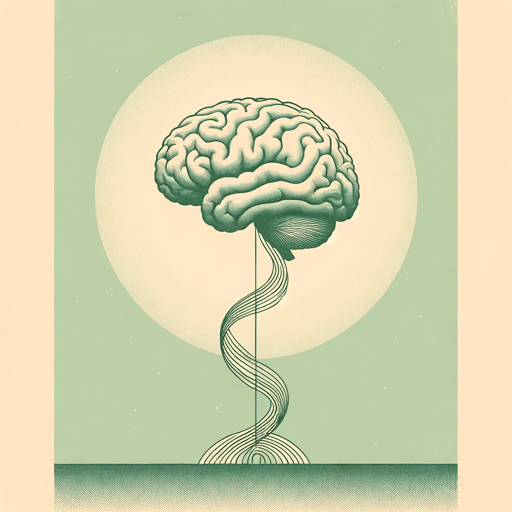46 pages • 1 hour read
Norman DoidgeThe Brain That Changes Itself: Stories of Personal Triumph from the Frontiers of Brain Science
Nonfiction | Book | Adult | Published in 2007A modern alternative to SparkNotes and CliffsNotes, SuperSummary offers high-quality Study Guides with detailed chapter summaries and analysis of major themes, characters, and more.
Index of Terms
Brain Map
A brain map is a method for interpreting the structure and function of the brain by dividing it into areas. Although it has been used to defend localizationism, Norman Doidge uses it to delineate microregions of the brain dedicated to specific tasks while emphasizing they are malleable (plastic).
Globalization
Globalization begins with the lowering of the threshold at which pleasure receptors fire in the septal region of the brain, which leads to the release of dopamine. This neurological (plastic) change helps one feel positive, reducing negative emotions and aiding in learning new tasks—often due to falling in love.
Localizationism
Localizationism dictates the brain is separated into different, fixed areas, each in charge of processing specific information. Until the 1960s, this theory developed to have a rigid understanding of the brain structure and assumed permanent damage to one area meant its processes were lost. The theory has since been disproven and replaced by neuroplasticity.

